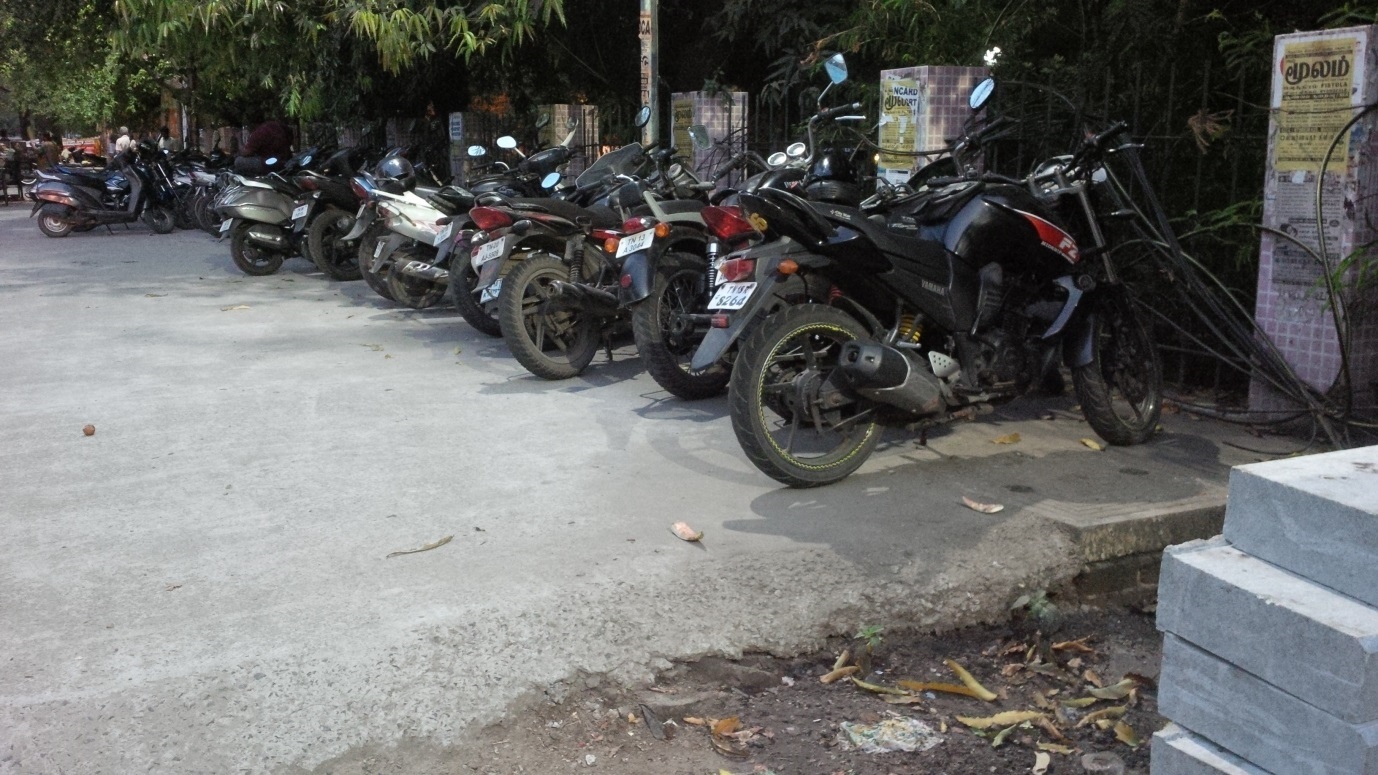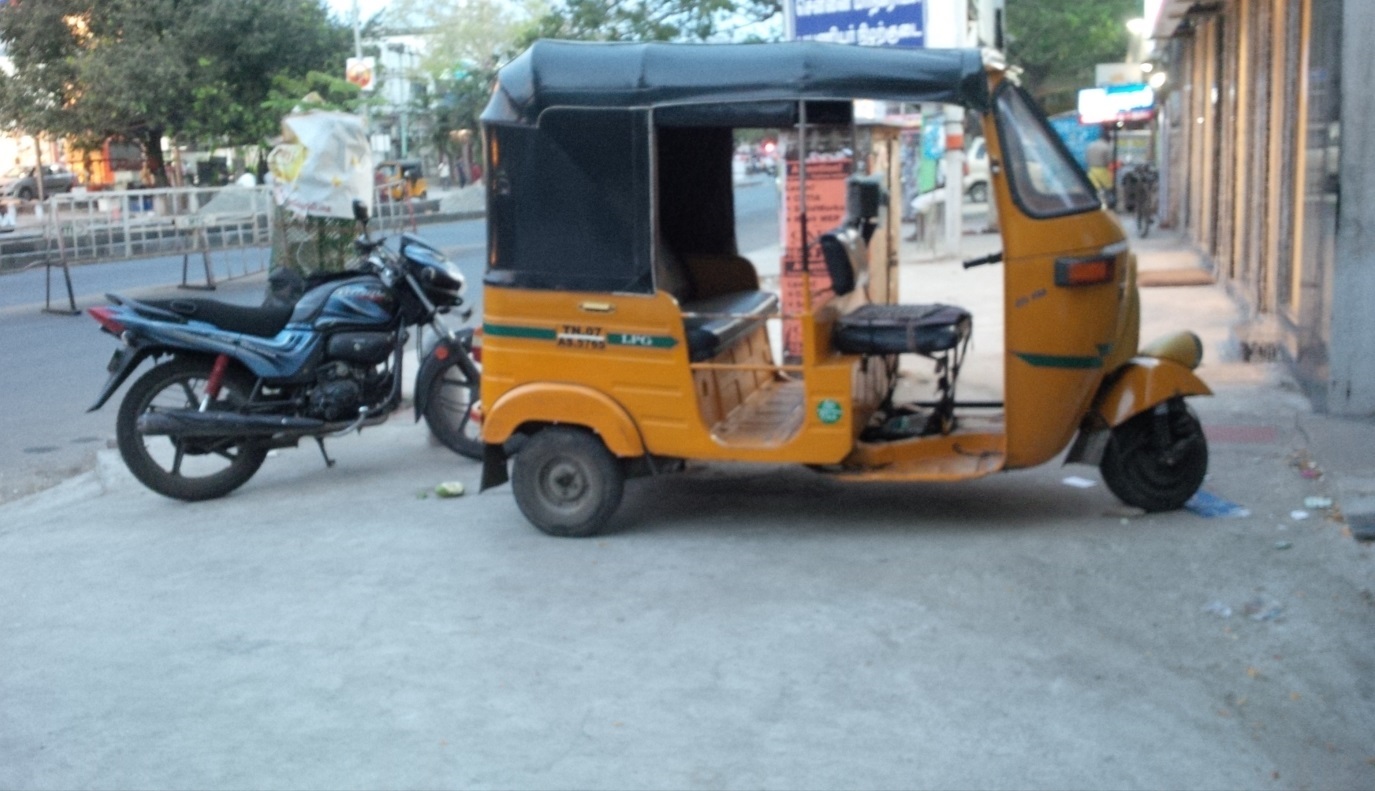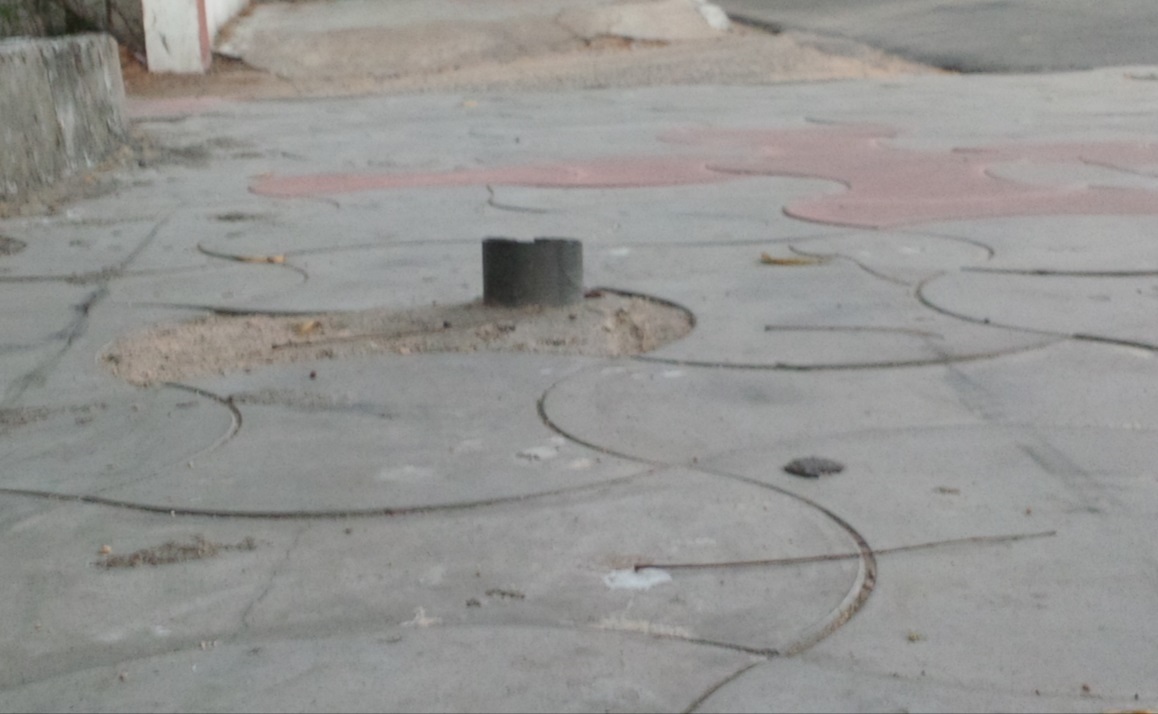Has the time come to start building elevated foot paths?
- In Society
- 03:43 PM, Apr 01, 2016
- Prathap Krishnan
This solution is going to be rather expensive. However, probably not half as expensive as the mini flyovers (lengths of these are less than half a kilometre which makes them basically signal jumpers) which sprung up in some questionable signals in Madras (Chennai) during the second half of the 1990s. Still, mini flyovers are a subject of separate discussion and this article being about footpaths, it would be best to not digress too much. On the other hand before one switches to the question of building elevated footpaths, the current state of footpaths must be presented.
In the writer’s experience, a long continuous usable footpath is a rarity in urban India and most can easily be likened to obstacle courses. Occupying the pride of place when it comes to creating these obstacles is the Electricity board. And the problem is epidemic. Not a single area passes by without a footpath having some sort of installation from them (exceptions are probably the areas in the vicinity of the Parliament, Secretariats etc.). In some cases, these occupy the entire width of the footpath (picture above), forcing pedestrians to use the road to walk instead. And, yes, the footpath continues on the other side of the box.
Additionally, footpaths also become homes to shops, construction materials, and even double up as parking lots (pictures below). These photographs were taken in a road where a broad footpath was built barely few months ago.


And of course, the cup of joy can never be complete without the writer’s ‘favourite’ vehicle making an appearance!

If one raises an objection to the problems above, in most cases a rejoinder along the lines of – Well, there is still space to walk, right? – would inevitably present itself. And there lies the problem. The rot that is indifference is deep and may take even decades to cure. Even if all states in India are blessed with Governments with the political will to evict shops (for example) along footpaths, human rights ‘activists’ along with a TRP hungry media will lose no opportunity to champion the cause of ‘downtrodden’, never mind the gross encroachment on public property. This formula is almost sure to slow down if not totally halt any efforts from the establishment.
In the meanwhile, people still need space to walk, preferably without having to constantly look front, back and sides for an errant driver cannoning into them which is normally the case while using the road to walk. Not to forget that in times of heavy traffic, two wheelers tend to use the footpath as an extension of the road. Additionally, eyes on the ground is also of absolute essence as any given footpath may house objects like broken or cut poles (picture below) that could have been a road sign in its previous life, ready to trip up an unsuspecting pedestrian.

So, having provided a broad overview of the current scenario of footpaths, let us take up the idea of elevated footpaths which would provide a solution to at least some of the above problems (read vehicles, electricity boxes). At this point, it needs to be pointed out elevated footpaths may not simply be feasible in very narrow roads or roads lined with trees. Additionally, footpaths at ground level will always be friendlier for elderly people and there are some who may like to shop as they walk! However, in roads with a constant stream of pedestrian traffic, elevated footpaths can be built as an addition to ground level ones.
The idea of elevated footpaths naturally stems from foot overbridges which can be seen in a few roads with high density traffic. However, usage of foot overbridges remains a topic of debate and some like the one in Saidapet in Madras seems to have very little as per the article from The Hindu [1]. This is hardly surprising considering most of these structures are accompanied by two to three flights of stairs to get on and off the bridge. Even on a day with perfect weather conditions, the average pedestrian is unlikely to opt for this option especially if one can cross the road without hopping over barriers. So, any elevated foot path should have ease of access.
However, before discussing accessibility, the form these footpaths need to take has to be addressed. First on the list is the height to which the footpaths need to be built. A long continuous footpath will have to necessarily pass road junctions and this means it has to be high enough to let vehicles pass underneath without taking their roofs off. Assuming at some point in the future that double decker buses will be a common sight in urban India, these are likely to be the tallest vehicles the elevated footpath has to cater to. This means a height of five metres which is around half a metre more than the Routemaster buses [2] (currently used by Transport for London), would be sufficient, since it is important to keep the height as low as possible to prevent it from going down the way of unused foot overbridges.
Having discussed the height, it must be said that standalone structures from point A to point B, even if the points are several hundred metres apart, may see very minimal usage. Instead, a network connecting train stations, bus stops, business parks, malls etc. has a far greater chance of heavy usage. For example, imagine having to climb up or down a flight of stairs having alighted from a train (many metro lines are built above a couple of stories above ground level) that leads directly on to an elevated foot path that will provide a continuous passage to the work place located around a 10-15 minute walk. Additionally, if these structures are sheltered and provided adequate lighting (the LEDs currently promoted by the Government of India would serve the purpose very nicely), the number of footfalls will probably increase multi fold.
Now, let us take up the accessibility part. If elevated footpaths are connected to train stations at one end, space to build a flight of stairs or escalators at that end may not be a problem. However, other exit or entry points may not have that kind of luxury. Mercifully, spiral staircases have been around for centuries and can solve this concern. These can even be adapted into cuboidal shapes to facilitate an easier climb.
There are of course a few challenges that present itself before this concept. Cost will naturally loom large in front of the authority overseeing finance. For an example, a foot overbridge that is to be built at Tambaram railway station in Madras will come up at a cost of around seven crores [3]. By the time it is completed, this number will likely go further up. Considering a network of footpaths, the cost of building will doubtless be several times that of a standalone foot overbridge. There is also the possibility that these might turn into dwellings for people at night (this can be a positive or a negative depending on how it is presented). There might be a few other unforeseen problems that may crop up. But one can never know what they are until the concept is trialled in a few places and in the writer’s mind there are enough pros to outweigh the cons. For long enough in India, pedestrians have been the neglected section of the moving population. It is high time Governments in the country address their plight. Over to the people who head infrastructure and finance!
REFERENCES
- Foot overbridge hardly used in Saidapet http://www.thehindu.com/news/cities/chennai/foot-overbridge-hardly-used-in-saidapet/article8212749.ece , Sunitha Sekar, The Hindu, 9 February 2016
- New Routemaster https://tfl.gov.uk/modes/buses/new-routemaster Retrieved on 22 March 2016, Transport for London
- Phase II of Outer Ring Road to Get Over Soon http://www.newindianexpress.com/states/tamil_nadu/Phase-II-of-Outer-Ring-Road-to-Get-Over-Soon/2015/09/03/article3007858.ece , Express News Service, The New Indian Express, 03 September 2015







Comments